ACS Nano: Protein inspired MXenes/rubber smart sensor
QQ Academic Group: 1092348845
Detailed
Research Background
In recent decades, flexible electronic sensors have received extensive attention because of their application prospects in medical monitoring, intelligent robots, wearable electronic devices, and human-computer interaction. However, electronic sensors inevitably suffer from scratches, cracks, fractures, etc. during the continuous deformation process, resulting in decreased performance stability. Therefore, people have invested a lot of energy in the development of flexible sensors with self-healing characteristics, which is essential for extending their life and reliability. Although there are many self-healing materials, and sensors based on these materials have made brilliant achievements, external stimuli (heat, solvent, light) are necessary to start the repair process, and the poor mechanical performance of the repaired sensor is limited. Their practical application. How to design an autonomous self-repairing electronic sensor with good repairing mechanical performance and good self-repairing efficiency is still a huge challenge.
Achievements
Recently, Assistant Researcher Zhou Zehang and Professor Lu Canhui of Sichuan University published an article in the internationally renowned academic journal ACS Nano titled: Protein-Inspired Self-Healable Ti3C2 MXenes/Rubber-Based Supramolecular Elastomer for Intelligent Sensing. Inspired by supramolecular interactions, this paper reports a mechanically robust, highly sensitive and autonomous self-healing flexible electronic sensor based on nanostructured Ti3C2 MXenes/rubber supramolecular elastomer (NMSE). The MXene nanosheets were modified by esterification of hydroxyl and carboxyl groups on serine. The surface-excited supramolecular hydrogen bond interface between MXene and the elastomer molecular chain allows the NMSE to completely restore its originally improved electromechanical properties at room temperature after it is completely destroyed. At the same time, the sensitive and stable nanostructured conductive network makes electronic sensors have the advantages of high gauge factor, low strain detection limit, fast response time, good reproducibility, etc., and can accurately detect small physiological activities and changes in water content of the human body. In addition, this paper develops a sensor platform that combines MXenes/rubber-based sensors with a complete signal processing and command output system, demonstrating the feasibility of voice-controlled actions.
This high-performance self-healing MXenes/rubber-based sensing platform makes the wide application of soft robots, artificial intelligence and health monitoring possible.
Graphic guide
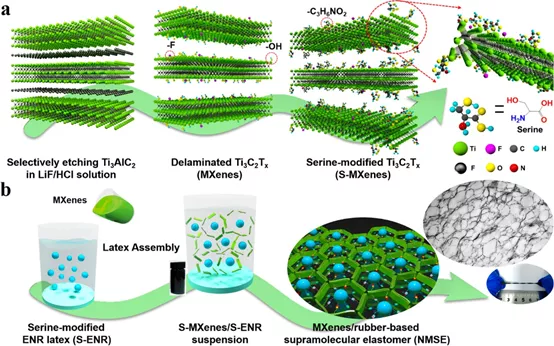
Figure 1. The main preparation process of NMSE.
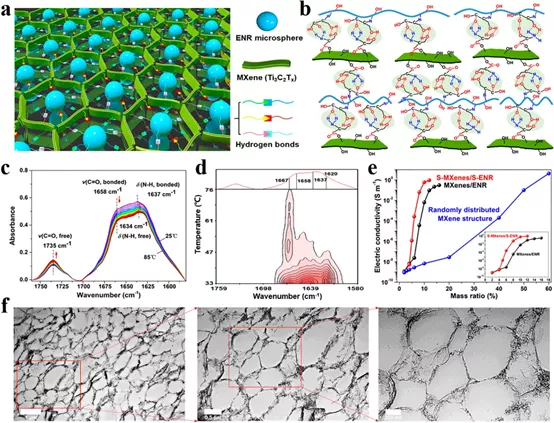
Figure 2. Chemical interaction and nanostructure characterization in NMSE.
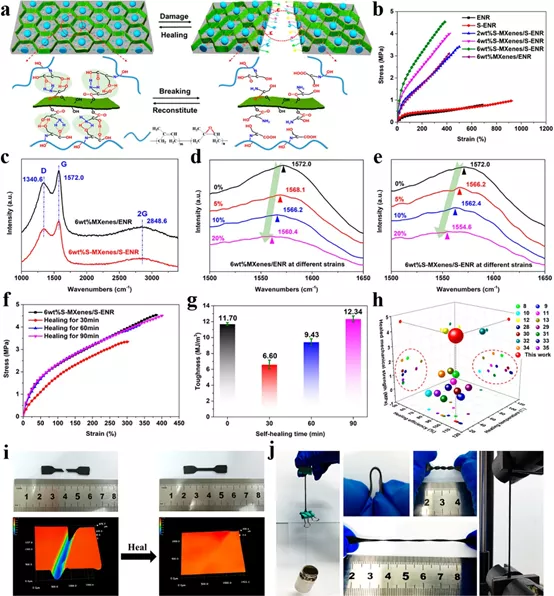
Figure 3. Self-healing performance and improved mechanical properties of flexible NMSE.
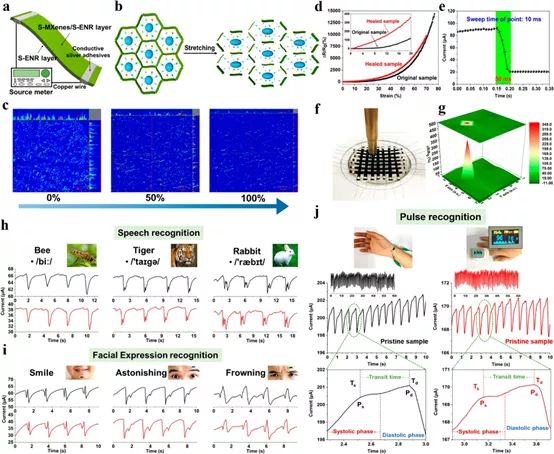
Figure 4. Sensing characteristics of NMSE-based electronic sensors.
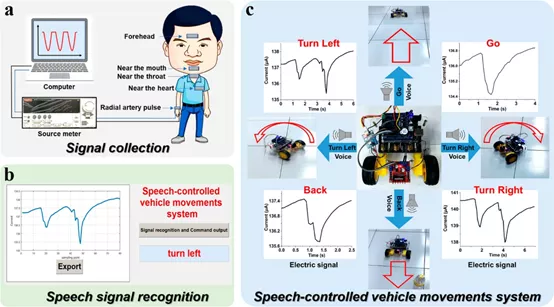
Figure 5. NMSE-based sensor platform, combined with a complete signal processing and command output system.
Summary of this article
Although the research of MXene/polymer functional composites is still in its infancy, this paper first uses MXene/rubber-based supramolecular elastomer to manufacture a self-healing flexible electronic sensor. NMSE combined with well-designed supramolecular bonding interface and conductive nanostructure, has a lower conductive penetration threshold, good self-healing performance, good mechanical toughness and flexibility, is the preparation of multi-functional MXenes/polymer nanocomposite Effective method of materials. The synthetic sensor has good sensing performance and can accurately detect the tiny physiological movements of the human body and changes in external moisture. Through integration with signal recognition and command output systems, NMSE-based sensors can control the movement of model vehicles through voice, exploring the potential applications of bio-inspired self-healing MXenes/rubber-based electronic sensors in smart sensing.
Literature link:
https://dx.doi.org/10.1021/acsnano.9b09802.
Source: MXene Frontie
This information originates from the Internet for academic exchange only. If there is any infringement, please contact us to delete it immediately
- Previous: CEJ: MXenes from labor
- Next: IF 16! Reprogramming m


 mxene academic
mxene academic